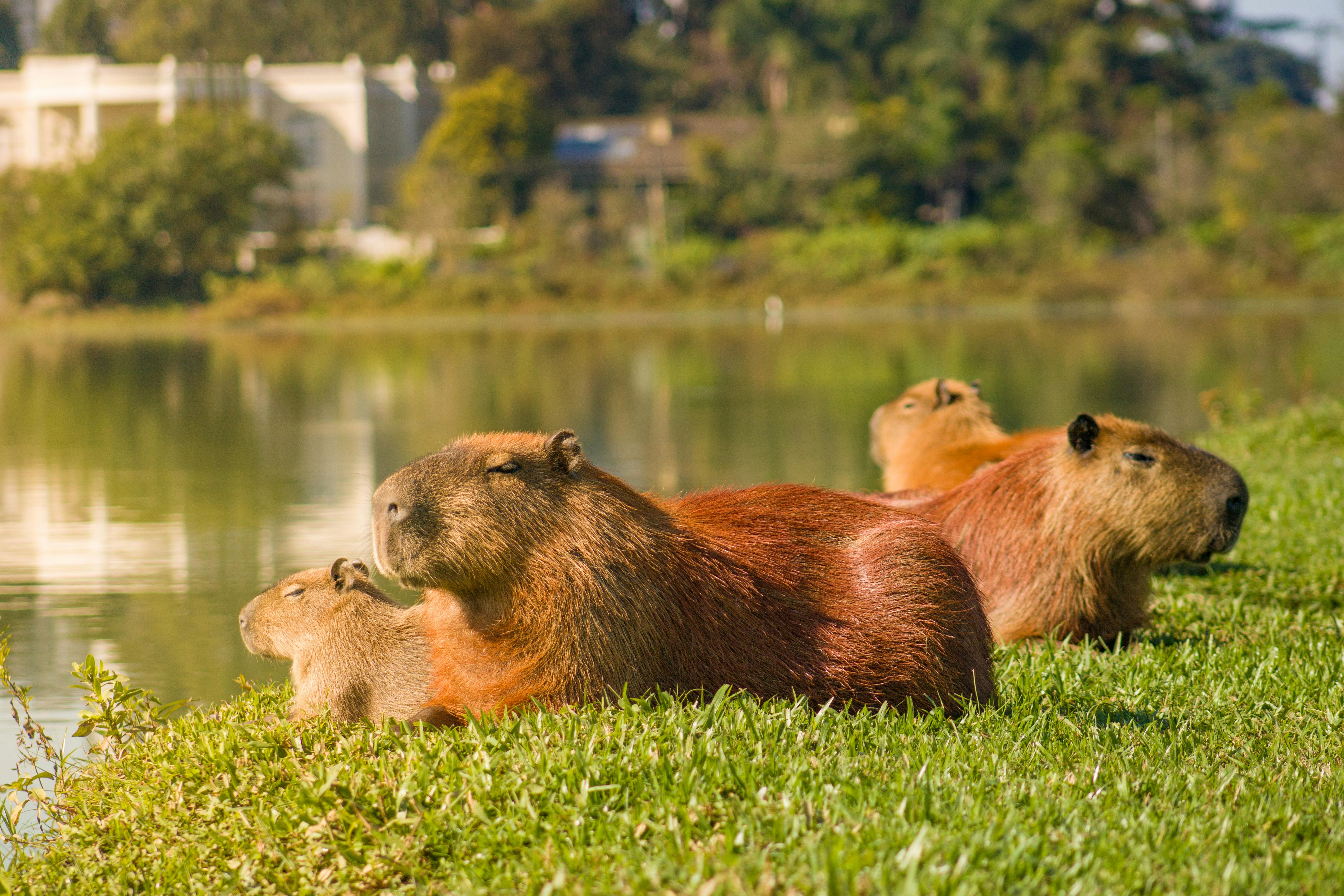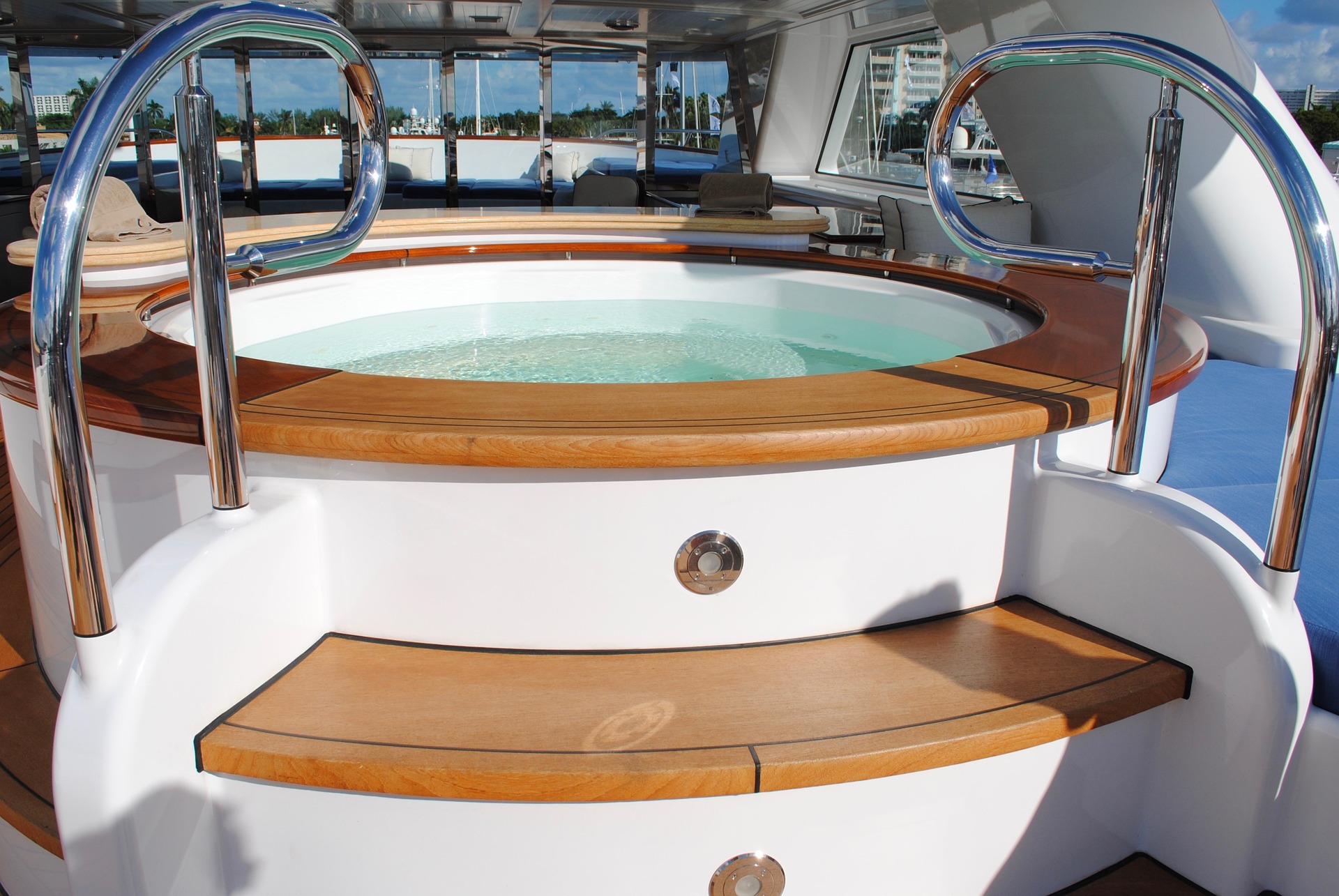Capybaras: The World's Largest and Friendliest Rodents
Introduction: Capybaras, the world's largest rodents, are increasingly stealing the hearts of animal lovers worldwide. Their calm demeanor and social nature make them fascinating subjects both in the wild and as unconventional pets. This article dives into the world of Capybaras, exploring their historical significance, recent popularity, and the potential implications of their growing domestication.

Social Giants of the Rodent World
Capybaras, scientifically known as Hydrochoerus hydrochaeris, are native to South America. They are semi-aquatic mammals that thrive in swampy, grassy regions near bodies of water. Capybaras are known for their friendly disposition and their complex social structures. They live in groups of 10 to 20 individuals, maintaining a harmonious coexistence that has intrigued scientists for years.
The Capybara’s Historical Significance
Historically, Capybaras have played a significant role in the culture and lifestyle of South American indigenous communities. They were hunted for their meat and hide, and their presence in ancient folklore and mythology underlines their importance in these societies. Today, Capybaras are protected species in many regions, recognizing their ecological role and the need to preserve their populations.
Capybaras in the News
Recently, Capybaras have been making headlines due to their increasing popularity as pets. In Japan, they have become a major attraction in zoos, where they are known for their lovable antics and their ability to get along with a variety of other species. In the US, some states allow Capybaras to be kept as pets, a trend that has sparked debates among animal welfare advocates and pet enthusiasts alike.
The Capybara Pet Trend and Market Impact
The trend of keeping Capybaras as pets has led to a surge in demand for Capybara-related products and services. From specialized pet food to Capybara-friendly housing accessories, the market for these products is on the rise. However, owning a Capybara can be costly, with the initial purchase price ranging from $500 to $1,500, and the annual maintenance costs can exceed $1,000.
Responsible Pet Ownership and the Capybara
While Capybaras are undoubtedly endearing, it is critical to understand that they are not traditional domestic animals. Their needs and behaviors are significantly different from cats and dogs. Owning a Capybara requires a spacious outdoor environment, access to a water body for swimming, and a proper diet. It’s also important to remember that Capybaras are social animals and do best when they have companionship from their own species.
Final Thoughts on the Capybara Trend
The rising popularity of Capybaras as pets presents a fascinating example of our evolving relationship with animals. As we continue to explore the potential for unique and unconventional pets, it’s crucial that we prioritize the welfare of these animals, ensuring they are cared for responsibly and ethically. Whether in the wild or in our homes, Capybaras remind us of the diversity and richness of the animal kingdom, and the joy and intrigue they bring into our lives.




